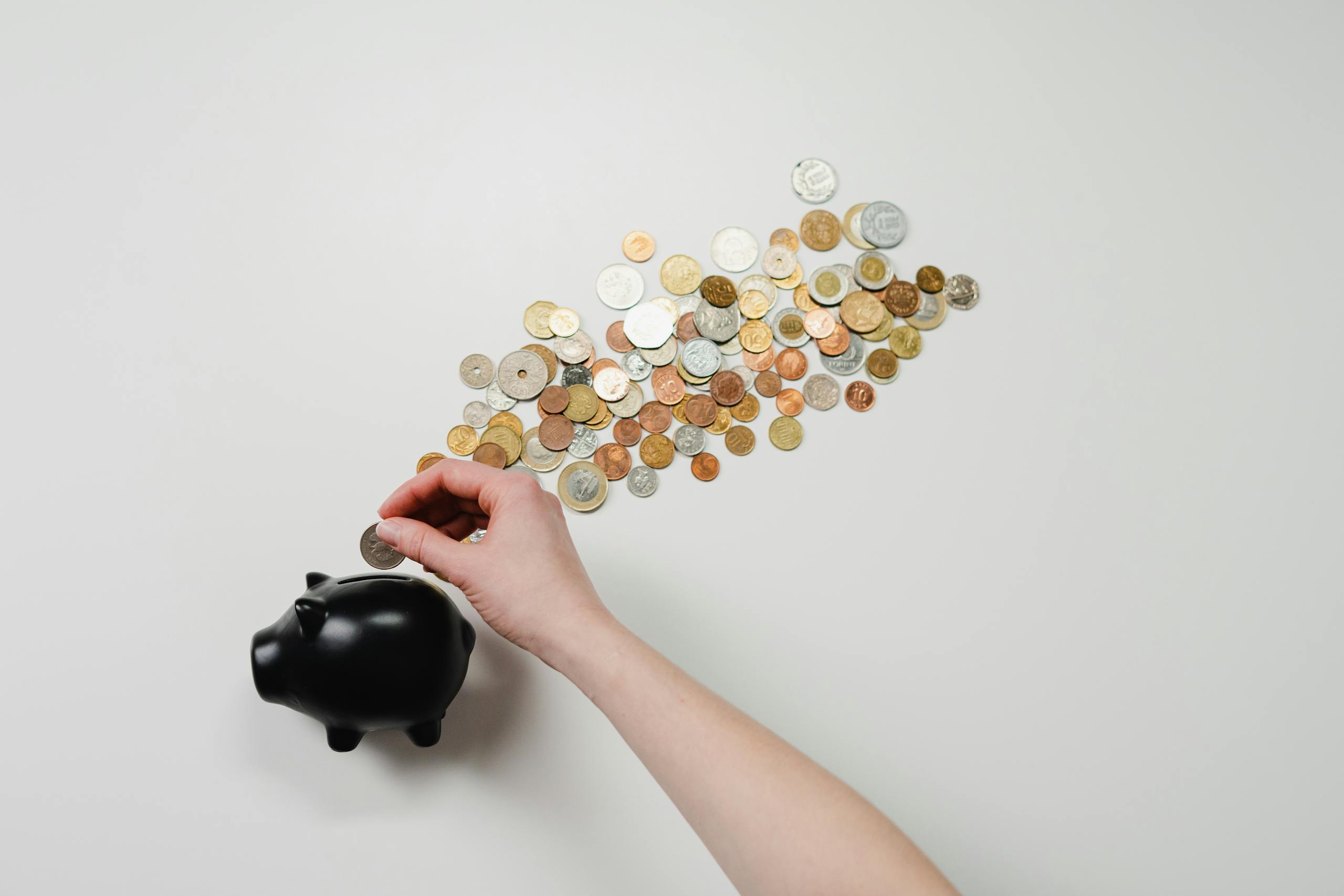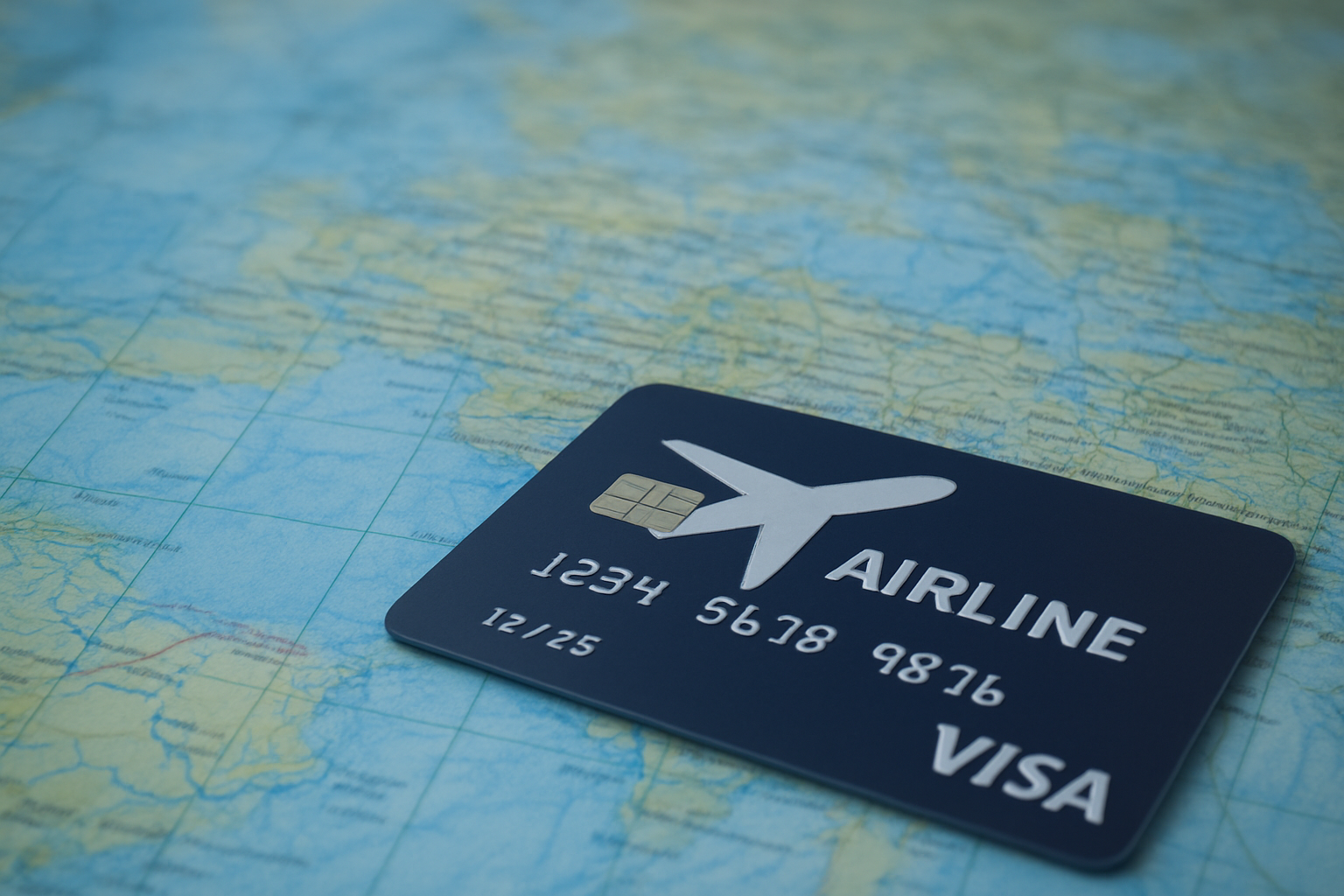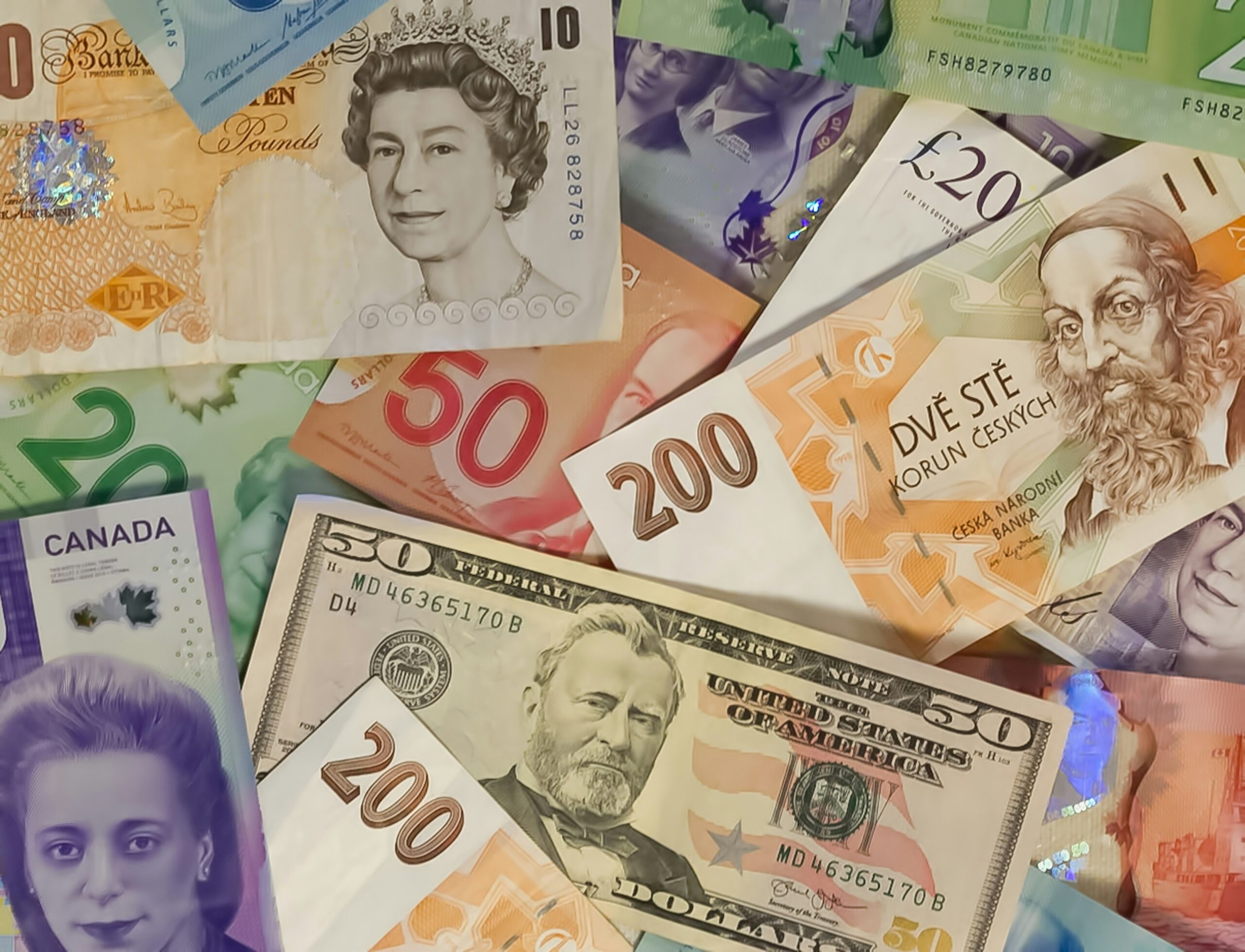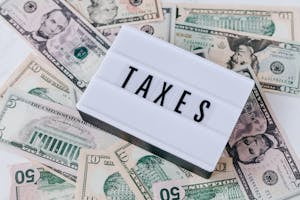Emergency Funds for Digital Nomads: How to Prepare for the Unexpected
Emergency funds are a crucial safety net for anyone, but they are especially important for digital nomads. When you’re living a location-independent lifestyle, the unexpected can happen at any time—from sudden travel disruptions to health emergencies, or even the need to replace essential work equipment. Having a well-planned emergency fund ensures that you’re financially prepared to handle these situations without derailing your lifestyle or causing undue stress.
As a digital nomad, your income and expenses can fluctuate more than they might if you were living in one place with a stable job. This unpredictability makes it even more essential to have a financial buffer in place. Emergency funds provide peace of mind, allowing you to focus on your work and enjoy your travels without constantly worrying about what might happen if something goes wrong. Transitioning from one location to another, adapting to different cultures, and managing remote work are all part of the adventure, but without financial preparation, these can turn into significant challenges.
Moreover, the amount you need in your emergency fund can vary depending on factors such as your cost of living, how frequently you move, and the nature of your work. Calculating the right amount involves understanding your expenses and planning for various scenarios. In the following sections, we’ll discuss why emergency funds are vital, how to determine the right amount for your needs, and practical tips for building and maintaining this essential financial resource.
Why Emergency Funds Are Essential for Digital Nomads
Life as a digital nomad is filled with uncertainty and excitement. You might be working from a beach in Thailand one month and a café in Berlin the next. While this flexibility is one of the major appeals of the lifestyle, it also means that you’re exposed to a variety of risks that can disrupt your life and income.
Emergency funds act as a financial cushion that can cover unexpected expenses such as:
- Medical emergencies: Even with travel insurance, not all medical costs are covered, especially if you need specialized treatment or immediate care in a foreign country.
- Travel disruptions: Flights get canceled, borders close, or political unrest can make it necessary to leave a country quickly.
- Work equipment replacement: If your laptop or other essential tools break down, you need to be able to replace them immediately to continue working.
- Unexpected costs: Currency fluctuations, sudden increases in rent, or unplanned trips back home can all eat into your budget.
Having an emergency fund means you won’t have to rely on credit cards or loans in these situations, which can lead to debt and financial stress. Instead, you can handle emergencies with ease, knowing you’ve planned for them in advance.
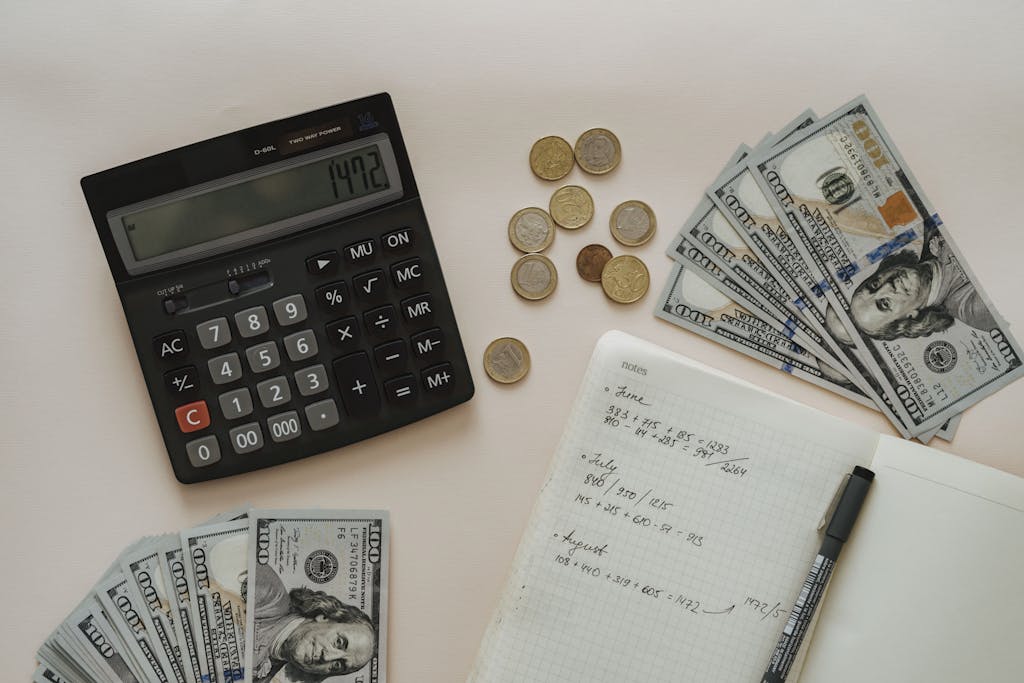
Calculating the Ideal Emergency Fund for a Nomadic Lifestyle
Determining the right amount to set aside in your emergency fund depends on your personal circumstances. Here’s a step-by-step guide to help you calculate the ideal amount:
1. Assess Your Monthly Expenses
Start by calculating your average monthly expenses. Include all costs such as:
- Accommodation: Rent, utilities, and internet costs, which can vary by location.
- Food: Dining out, groceries, and any special dietary needs.
- Transportation: Flights, local travel, and transportation-related expenses.
- Health insurance: Monthly premiums and out-of-pocket costs for medications or treatments.
- Work expenses: Software subscriptions, internet fees, and other business-related costs.
- Miscellaneous: Entertainment, shopping, and other discretionary spending.
Once you have a clear understanding of your monthly expenses, multiply this amount by three to six months. This range provides a safety net that can cover you during periods of low income or unforeseen expenses.
2. Factor in Emergency Scenarios
Consider potential emergencies that could arise and the costs associated with them. For instance:
- Medical emergencies: Estimate the out-of-pocket costs you might incur even with insurance.
- Travel emergencies: Calculate the cost of last-minute flights, unexpected accommodation, and related expenses.
- Equipment replacement: Consider the cost of replacing your laptop, smartphone, or other essential gear.
Add these estimated costs to your emergency fund goal to ensure you’re fully prepared for any situation.
3. Adjust for Location
The cost of living varies widely depending on where you are in the world. While you might be able to live comfortably in Southeast Asia on $1,000 a month, that amount won’t go as far in Western Europe or North America. Research the cost of living in the places you plan to visit and adjust your emergency fund accordingly.
Building and Maintaining
Now that you know how much you need in your emergency fund, the next step is to build it up. Here are some practical tips:
1. Start Small and Build Gradually
If you don’t already have an emergency fund, start by setting aside a small portion of your income each month. Even $50 or $100 a month can add up over time. As your financial situation improves, increase the amount you save until you reach your goal.
2. Automate Your Savings
Set up automatic transfers to your emergency fund account each time you get paid. This ensures that you’re consistently contributing to your fund without having to think about it.
3. Keep Your Emergency Fund Accessible
Your emergency fund should be kept in a liquid account, such as a high-yield savings account, where it can be easily accessed in case of an emergency. Avoid tying up your emergency funds in investments that might take time to liquidate or come with penalties for early withdrawal.
4. Reevaluate Regularly
Your financial situation and lifestyle may change over time, so it’s important to reevaluate your emergency fund periodically. If you start earning more or move to a more expensive location, you may need to increase your savings goal. Similarly, if your expenses decrease, you might not need as large a cushion.
Preparing for the Unexpected: A Digital Nomad’s Guide
As a digital nomad, embracing uncertainty is part of the lifestyle. However, this doesn’t mean you have to be unprepared. By building a robust emergency fund, you can face the unexpected with confidence and peace of mind.
1. Prioritize Savings in Your Budget
Treat your emergency fund contributions as a non-negotiable part of your budget. This means prioritizing savings over discretionary spending, even when it’s tempting to spend on travel or entertainment. Remember, the goal is to protect yourself financially, ensuring you can continue your nomadic lifestyle without major disruptions.
2. Diversify Your Income Streams
Having multiple sources of income can reduce the risk of financial instability. If one income stream dries up, you’ll have others to fall back on. This can also help you build your emergency fund faster, as you’re not relying on a single paycheck.
3. Invest in Travel Insurance
While your emergency fund covers a broad range of expenses, travel insurance is an essential backup that can save you thousands of dollars in case of emergencies. Look for policies that offer comprehensive coverage, including medical emergencies, trip cancellations, and lost or stolen belongings.
4. Build a Support Network
While financial preparation is crucial, having a support network of fellow digital nomads, friends, and family can provide additional security. This network can offer advice, share resources, or even provide temporary accommodation in case of an emergency. Staying connected with others who understand the unique challenges of the digital nomad lifestyle can be invaluable in times of need.
Peace of Mind in a World of Uncertainty
In the ever-changing world of a digital nomad, uncertainty is the only constant. But with a well-planned emergency fund, you can navigate these uncertainties with confidence. This financial safety net not only protects you from unforeseen expenses but also allows you to fully embrace the freedom and adventure that come with the digital nomad lifestyle.
By taking the time to build and maintain an emergency fund, you’re investing in your peace of mind and future security. Whether you’re exploring new countries, growing your business, or simply enjoying the journey, knowing that you’re financially prepared for the unexpected will make your nomadic life more enjoyable and sustainable.
For additional resources on emergency funds and digital nomad finances, consider these helpful links:
- How to Build an Emergency Fund for Freelancers and Digital Nomads
- Digital Nomad Insurance: All You Need To Know
- Best Budget-Friendly Destinations for Digital Nomads
By planning ahead and making smart financial decisions, you can ensure that your digital nomad lifestyle is not only exciting but also secure. Happy travels!
